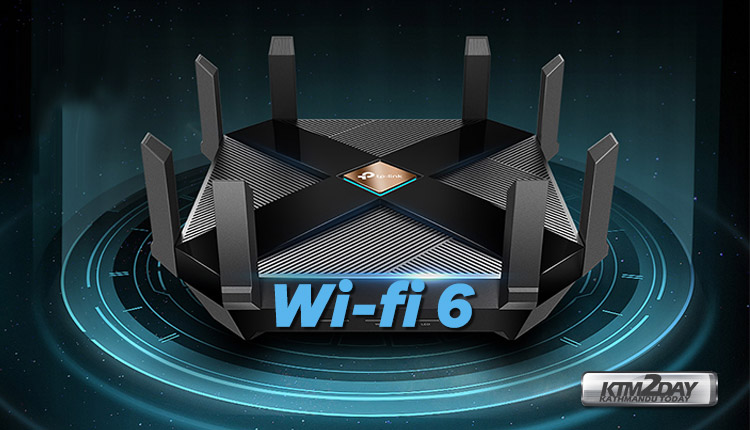Wifi 6 with OFDMA to debut in Q3 2019


IEEE 802.11ax , is a Wireless Local Area Network standard in the IEEE 802.11 set of specifications also labelled as Wifi 6 by the Wi-Fi Alliance.
Wi-Fi 6 is loaded with new features, but the most important is OFDMA, which provides high throughput and a more efficient network.
OFDMA – Orthogonal Frequency Division Multiple Access, allows multiple clients with varying bandwidth requirements to be connected to a single AP simultaneously.
With WiFi 6 it will be possible to obtain superior results compared to previous generations, especially in crowded environments such as stadiums and other public places. The Wifi 6 has higher data transmission speed , increased capacity and improved energy efficiency.

The Wi-Fi Alliance has even assigned a friendly name to the previous versions including the new one with the following:
Here are the versions of Wi-Fi you are aware of or will be using in the near future.
- Wi-Fi 4 is 802.11n, released in 2009.
- Wi-Fi 5 is 802.11ac, released in 2014.
- Wi-Fi 6 is the new version, also known as 802.11ax. It’s scheduled for release in Q3-2019.

The Wi-Fi Alliance also announced would like to see these numbers appear in software so you can tell which Wi-Fi network is newer and faster while connecting on your smartphone, tablet, or laptop. You may be seeing Wi-Fi numbers on your phone, tablet, or laptop soon.
Older versions of Wi-Fi aren’t widely in use and aren’t officially being branded. But, if they were, here’s what they’d be called:
- Wi-Fi 1 would have been 802.11b, released in 1999.
- Wi-Fi 2 would have been 802.11a, also released in 1999.
- Wi-Fi 3 would have been 802.11g, released in 2003.
Wi-Fi 6 will support 8K video streaming, provided your internet supplier is going to give you access to sufficient download speeds in the first place. Roughly speaking, you can look forward to 4x to 10x speed increases in your wifi.

Another improvement Wi-Fi 6 will bring is improved efficiency, which means a lower power draw, which means less of a strain on battery life. It shouldn’t suck the life out of your phone or always-on laptop quite as quickly.
Refinements in Wi-Fi 6 hardware and firmware should also mean better performance in crowded environments. As always, a host of other factors (walls, microwaves, the number of people streaming youtube in your house) are going to have an impact on the final speeds you see.
Wi-Fi 6 is going to be backwards compatible with all the existing wifi gear out there, so if you bring something home from the gadget shop that supports the new standard, it will work fine with your current setup—you just won’t be able to get the fastest speeds until everything is Wi-Fi 6 enabled.
Companies like Netgear and TP-Link have already started rolling out Wifi-6 enabled routers in the market.















